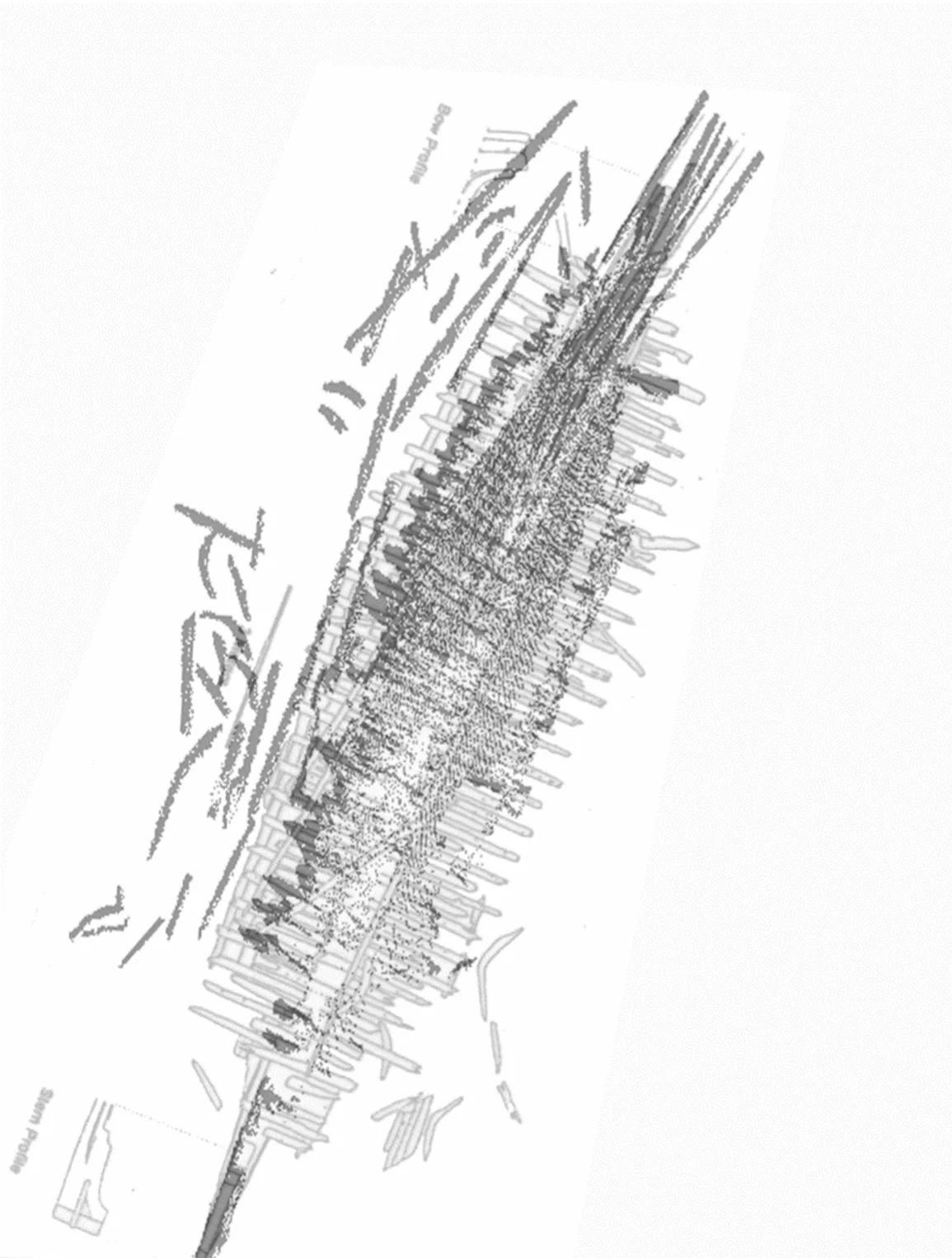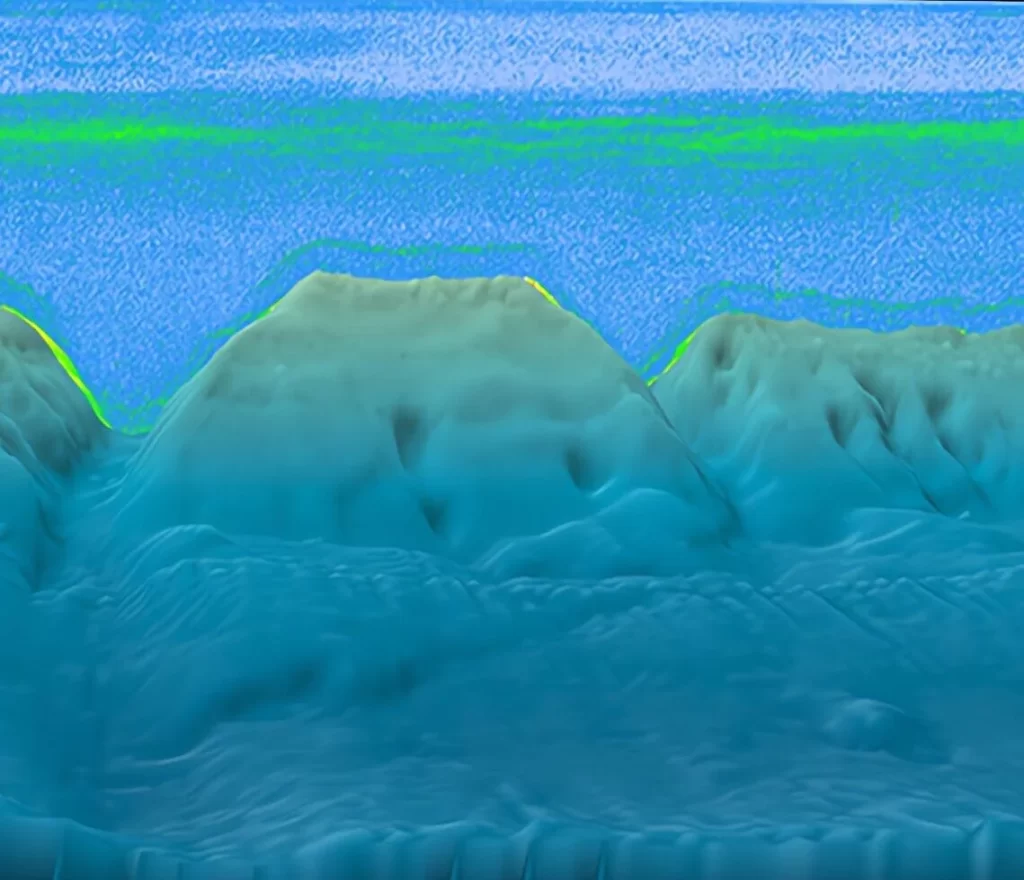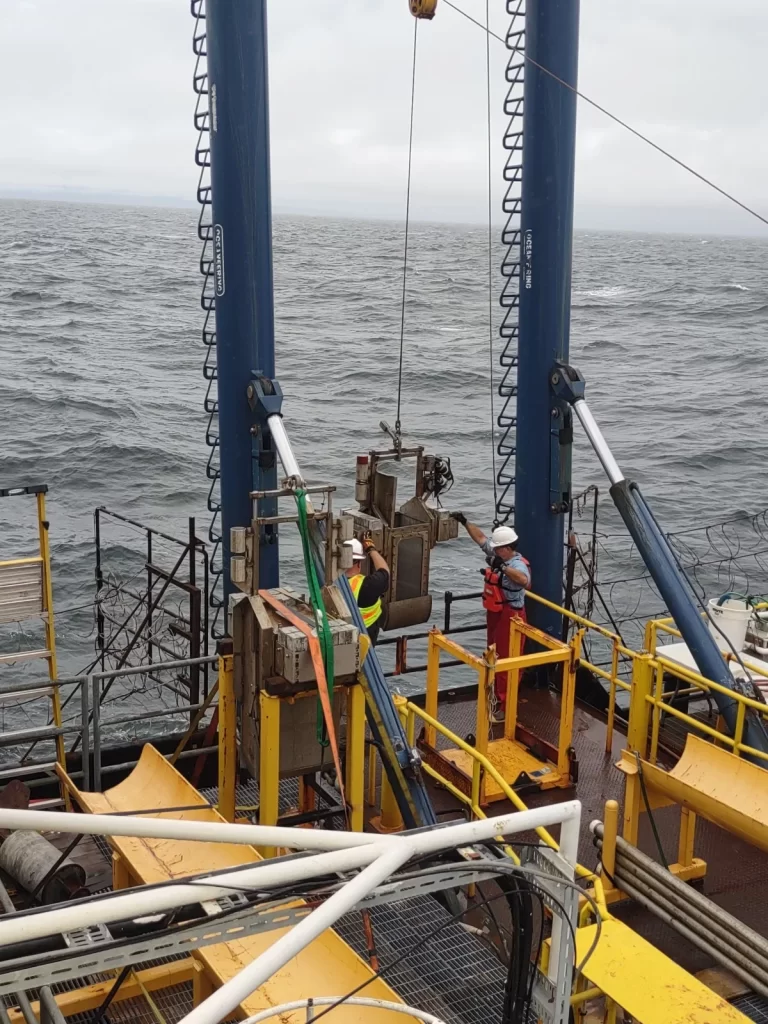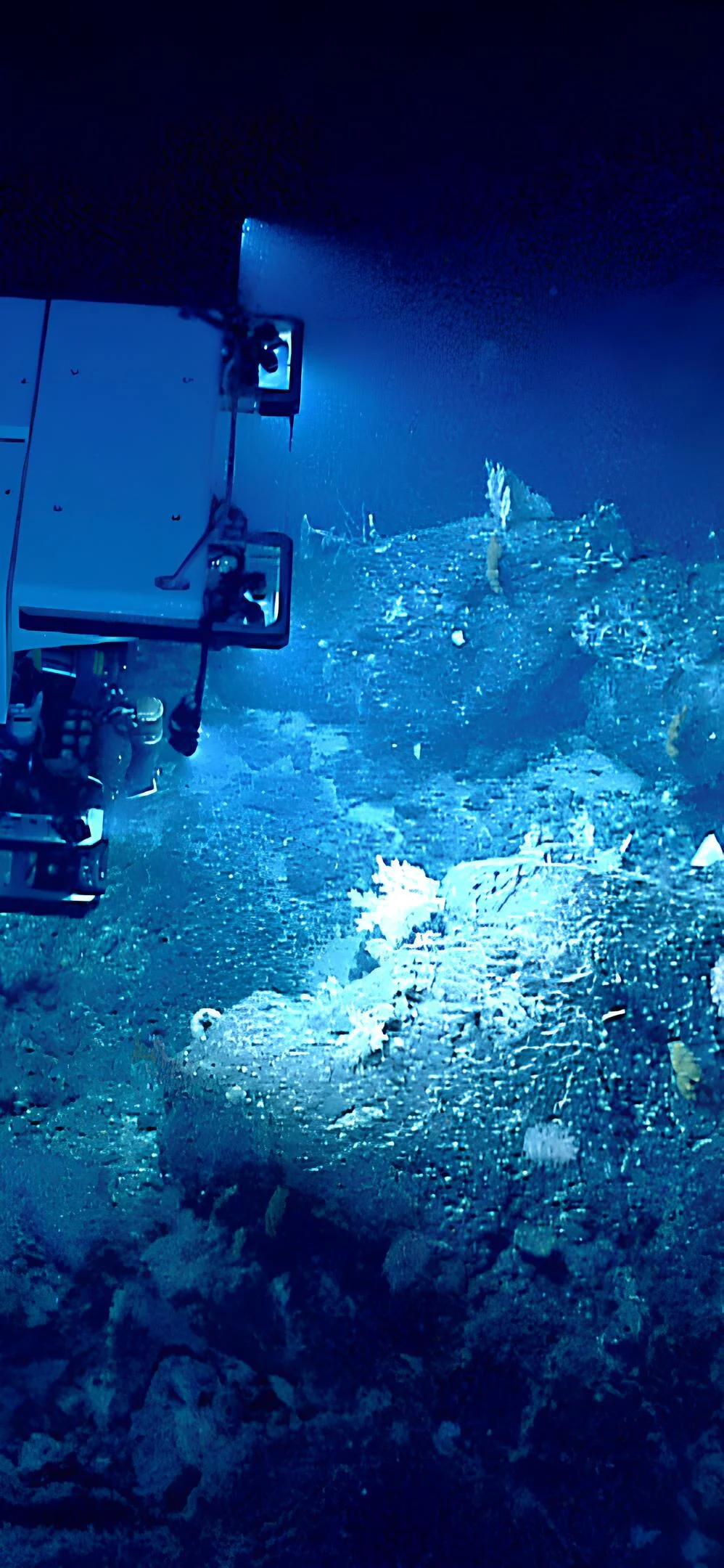Marine Survey
Archaeological
B-geO’s archaeologists are available to ensure compliance with current federal, state, and local legislation and regulations. We can help identify, assess, and mitigate impacts on areas of important cultural resources by conducting surveys, analyses, and reporting these archaeological discoveries within maritime and terrestrial project areas in the following ways:
- Archival and historical research.
- Identify areas of high archaeological potential on current and previous sites.
- Determine significance of identified archaeological sites and materials.
- Onsite consultation for mitigating impacts to cultural resources.
- Phase I-IV archaeological surveys.
- Maritime and Terrestrial survey techniques.
- Site monitoring in the event of accidental archaeological monument discovery.
- Preparation of collected artifacts for documentation, testing, and storage.
- Presentation of Environmental Impact Assessment Report.


Geophysical
Our Marine Geologists are ready to provide comprehensive geophysical investigation and interpretation in compliance with client and BOEM requirements. Our services include:
- Planning, development, and oversight of an environmentally contentious, safe, and efficient geophysical survey.
- Client representation onboard with oversight of a marine geophysical survey requiring quality assurance and quality control (QA/QC) adhering to HSSE standards.
- Highly skilled and efficient interpretation and processing of sonar and seismic data (side scan sonar, multibeam echo sounder including backscatter, magnetometer, sub-bottom profiler, multi-channel seismic, and high resolution 2D).
- Shallow geohazard and scour assessments of existing installations (cables, foundations, etc.).
- Geological mapping of seafloor topography and morphology that includes slope stability analysis, GIS, and cartography.
Geotechnical
Geotechnical engineering analysis and solutions are one of the hallmarks of B-geO’s expertise. We can provide insightful analysis and solutions for a diverse array of geotechnical challenges. With a dedicated team of skilled professionals, we operate as a Registered Engineering Firm in the State of Texas.
- Preliminary Planning Phase: Desktop Study, Reconnaissance Survey.
- Geological and Geophysical exploration.
- Field Investigation and Testing.
- Sample Collection.
- Laboratory Testing.
- In-situ and Laboratory Data Analysis.
- Foundation and Settlement Analysis.
- Geotechnical Engineering Analysis: Ground Improvement, Slope Stability, Retaining Wall Design, etc.
- Report Preparation and Review.
- Submission of the Geotechnical Engineering Report.


Visual
Cameras and remotely operated vehicles (ROVs) are used for detailed visual inspections of man-made underwater structures, equipment, and infrastructure as well as geology and biology.
- Condition Assessment: visual assessments to evaluate the condition of submerged assets, identifying signs of corrosion, damage, or deterioration.
- Asset Integrity Verification: Verifying the integrity of underwater assets such as subsea structures through high-resolution camera inspections.
- Subsea Infrastructure Inspection: Examining subsea infrastructure components to ensure they meet safety and regulatory standards.
- Cables and Pipeline Inspection: Deploying cameras and ROVs to inspect the external and internal conditions of underwater lineaments, detecting potential leaks, tears, and assessing overall health.
- Environmental Monitoring: Utilizing cameras and ROVs for environmental monitoring, observing marine life, benthic communities, and impact on ecology.
- Search and Recovery Operations: Deploying ROVs equipped with cameras for search and recovery missions, locating and retrieving objects or equipment from the underwater environment.
- Underwater Archaeological Surveys: Conducting visual surveys with cameras and ROVs to explore and document underwater archaeological sites while preserving historical artifacts.
- Hydroelectric Dam Inspection: Inspecting underwater components of hydroelectric dams, such as turbines and gates, to ensure proper functioning and identify any maintenance needs.
- Bridge and Pier Inspection: Using cameras and ROVs to inspect underwater components of bridges and piers, ensuring structural stability and identifying any maintenance requirements.
B-geO MILESTONES
Below are some examples of our achievements
In 2008, we developed the first shallow hazards report submitted under new government regulations and approved by the Minerals Management Service (MMS) as part of the operators exploration plan.
In 2015, a Shallow Hazards Assessment (SHA) was completed and approved by the Bureau of Ocean Energy Management (BOEM) utilizing a seismic depth volume
Successful execution of field investigations is critically dependent of proper planning. In 2016 we facilitated a geophysical and ROV field program for a potential subsidence study in the deepwater Gulf of Mexico.
In 2016 the riserless section of a well was successfully drilled without any affect from significant shallow hazards based on our assessment of potential drilling conditions.
We are the exclusive provider of SHA work for several clients. This is based on our diligent work effort and timeliness.
